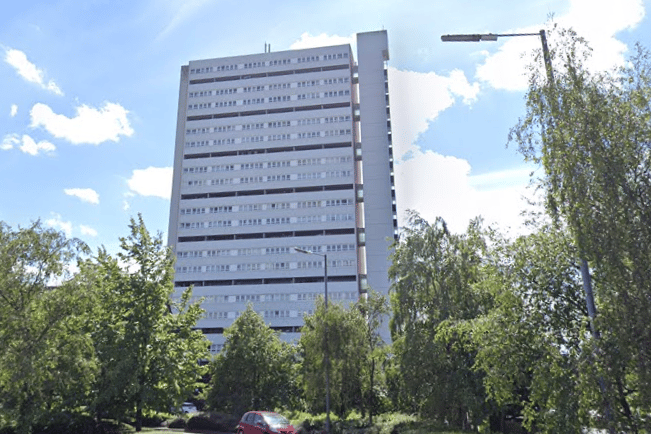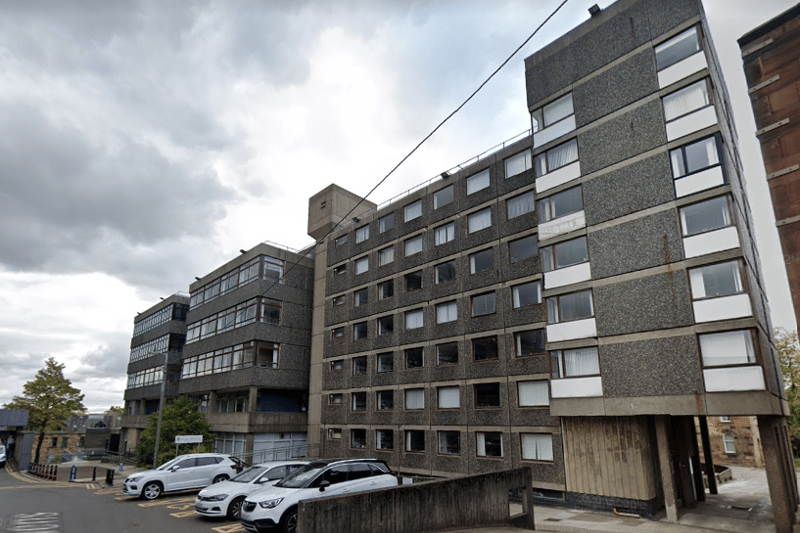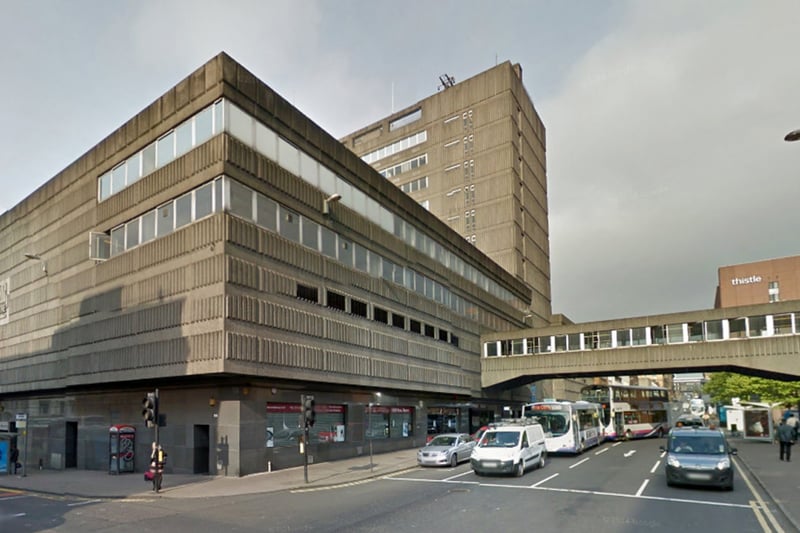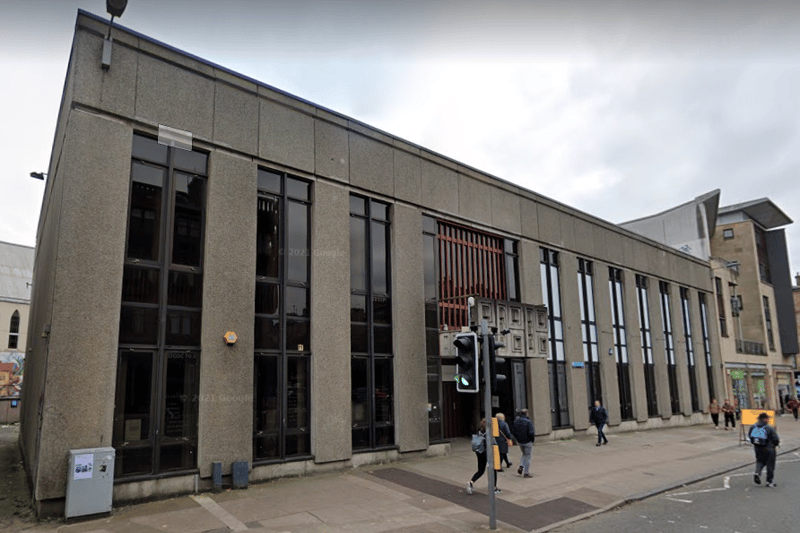Brutalism, with its bold, imposing structures and raw, exposed concrete facades, has long been a divisive architectural style.
In Glasgow, a city renowned for its rich architectural heritage, it has left an indelible - if not controversial - mark on the city.
From towering high-rises to the unconventional civic buildings, Glasgow boasts a collection of devisive brutalist architecture that has sparked both admiration and criticism.
In this article, we delve into the heart of Scotland’s largest city to explore ten of its most noteworthy and most hotly debated brutalist structures in Glasgow.
Whether you’re a local or a visitor - what do you think of Glasgow’s brutalist architecture, do you love it or hate it? Let us know in the comments!

1. Anniesland Court
Anniesland Court and the surrounding area certainly stick out from the rest of Glasgow thanks to their Brutalist architecture. The design was meant to echo the structure of a traditional Glasgow Tenement lying on its side - lending to its odd, albeit unique, shape and structure.

2. The Adam Smith building
The Adam Smith building, much like George House, isn’t too egregious on it’s own - but only when you compare it to the rest of the beautiful gothic buildings that the University of Glasgow own in the West End - its grey brutalist roughcast exterior certainly pales in comparison.

3. The Savoy Centre
Possibly the most visible example of brutalism in Glasgow - The Savoy Centre in the city centre is well-loved, even if it is a little bit ugly.

4. Hillhead Library
The Hillhead Library is a much more-toned down version of brutalism - making it much less divisive. Several scenes from Still Game were also !shot in Hillhead Library!
